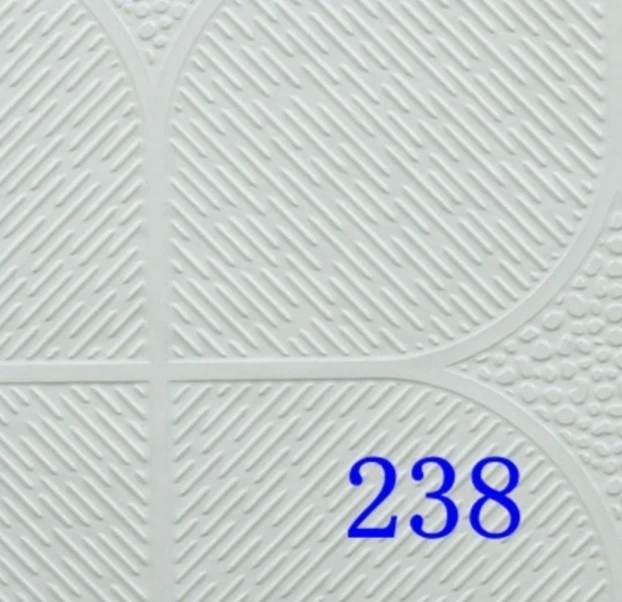Dec . 16, 2024 10:41 Back to list
Innovative Applications of Laminated Gypsum Board in Modern Construction Techniques
The Advantages and Applications of Laminated Gypsum Board
Laminated gypsum board, commonly known as drywall or gypsum wallboard, has become a staple in modern construction and interior design. This versatile building material, composed of a gypsum core sandwiched between two layers of heavy paper or fiberglass mat, offers numerous benefits that cater to various construction needs. As we delve into the characteristics, advantages, and applications of laminated gypsum board, it becomes clear why it continues to be a favored choice among architects, builders, and homeowners.
Composition and Characteristics
Laminated gypsum board is primarily made from gypsum, a naturally occurring mineral that is abundant and environmentally friendly. The gypsum core provides excellent insulation properties, fire resistance, and soundproofing capabilities. The outer layers, which can be made of paper or fiberglass, enhance the board's strength and durability. Typically available in various thicknesses, lengths, and widths, the adaptability of laminated gypsum board makes it suitable for diverse projects, from residential homes to commercial buildings.
Fire Resistance
One of the most significant benefits of laminated gypsum board is its fire-resistant properties. Gypsum contains water in its crystalline structure, which is released as steam when exposed to high temperatures. This unique characteristic helps to slow down the spread of fire, giving occupants valuable time to evacuate and firefighters time to respond. Consequently, the use of laminated gypsum board complies with building codes for safety and fire protection, making it an essential material for interior and partition walls.
Cost-Effectiveness
Laminated gypsum board is not only cost-efficient in terms of material prices but also during installation. Its lightweight nature simplifies the transportation and handling process, reducing labor costs. Additionally, the installation of laminated gypsum board is relatively quick and straightforward; it can be cut to fit the required dimensions and secured using screws or adhesive. This efficiency helps in speeding up construction timelines, contributing to overall project savings.
laminated gypsum board

Soundproofing Abilities
For environments requiring privacy and noise reduction, laminated gypsum board offers excellent soundproofing characteristics. The dense core of the board limits sound transmission, making it an ideal choice for residential units, hotels, or office spaces where quiet is essential. By integrating specialized soundproofing boards or employing multiple layers, sound insulation can be further enhanced, catering to specific acoustic demands.
Environmental Benefits
In an age where sustainability is increasingly prioritized, laminated gypsum board stands out as an environmentally friendly choice. The raw materials used in gypsum boards are natural and, in many cases, derived from recycled components. Additionally, many manufacturers are now adopting eco-friendly practices in production, including the use of recycled paper for the outer layers. This reduces the environmental footprint associated with construction materials.
Diverse Applications
Laminated gypsum boards are highly versatile and can be utilized in a myriad of applications. They are commonly employed for interior walls and ceilings, serving as a base for various finishes. Beyond traditional uses, laminated gypsum boards can also be designed to meet specific codes and certifications, making them suitable for high-demand environments like hospitals, schools, and laboratories.
Conclusion
In summary, laminated gypsum board represents a remarkable building material with numerous advantages, from fire resistance and soundproofing to cost-effectiveness and environmental sustainability. Its adaptability makes it suitable for a wide range of construction projects, enabling architects and builders to create safe, efficient, and comfortable spaces. As we continue to seek innovative solutions for the evolving needs of the construction industry, laminated gypsum board will undoubtedly maintain its vital role in shaping modern living and working environments.
-
Durable Ceiling T Grid Systems | Easy InstallationNewsAug.29,2025
-
PVC Gypsum Ceiling: Durable, Laminated Tiles for Modern SpacesNewsAug.28,2025
-
Pvc Gypsum Ceiling Is DurableNewsAug.21,2025
-
Mineral Fiber Board Is DurableNewsAug.21,2025
-
Ceiling Tile Clip Reusable DesignNewsAug.21,2025
-
Ceiling T Grid Modular DesignNewsAug.21,2025







